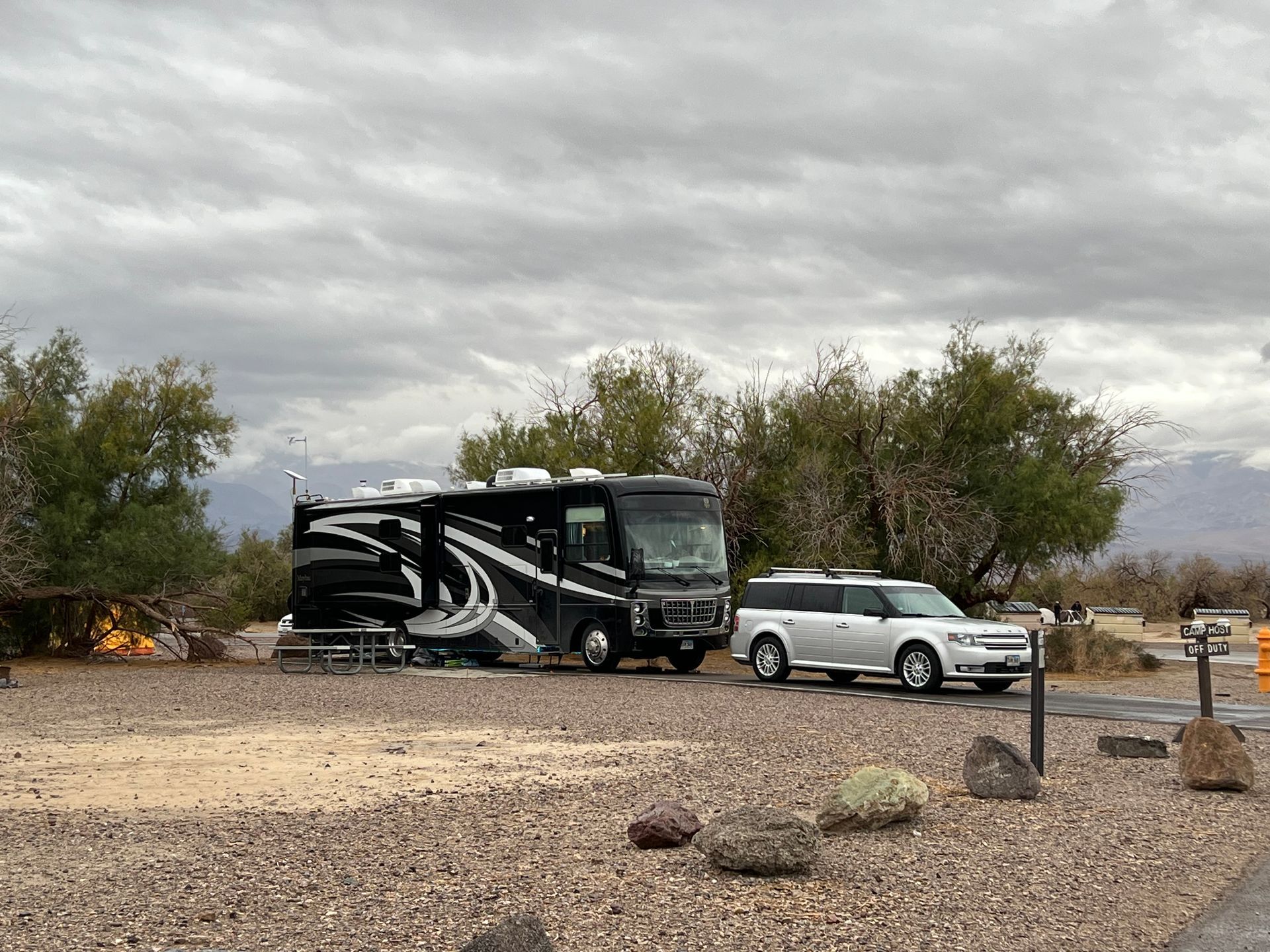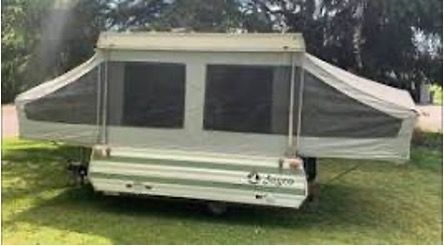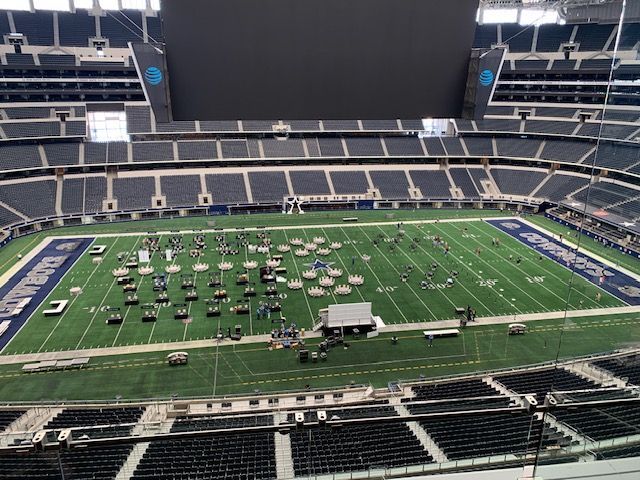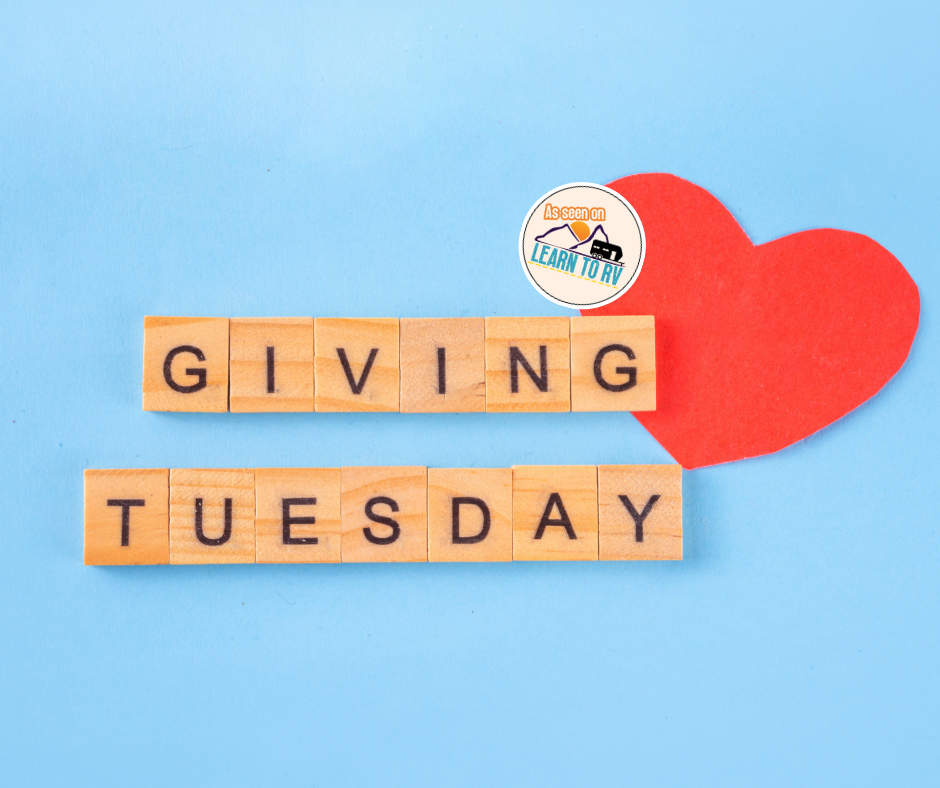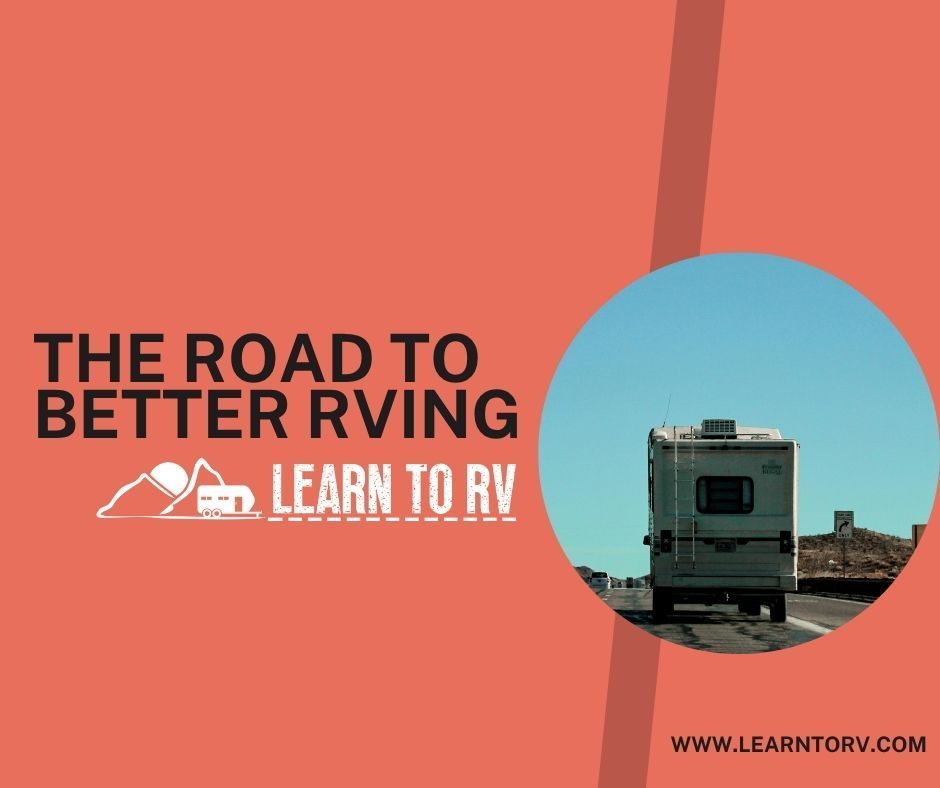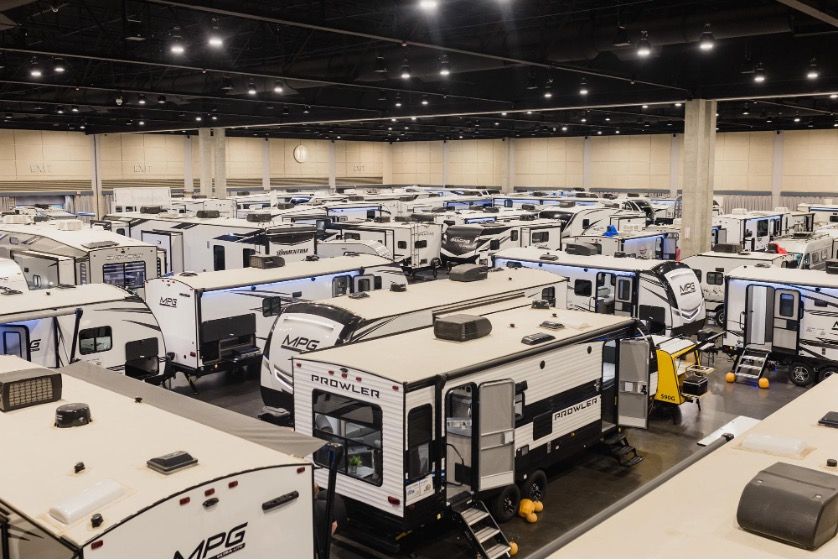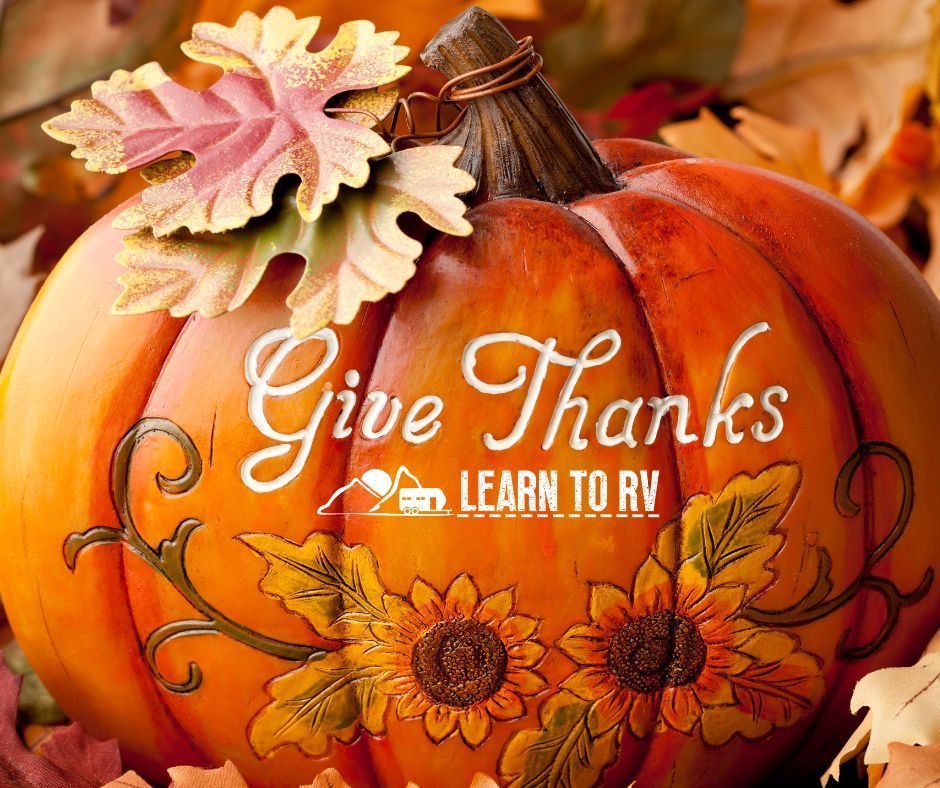Lessons from the Road: How RV Travel Across the U.S. Changed Me
Alisha Deschene • July 14, 2025
I never imagined how deeply the open road could affect me until I swapped four walls for four wheels. Trading deadlines for landscapes, we set off with nothing but a loosely mapped route and an itch for something more meaningful than routine. What followed wasn’t just a road trip—it was a quiet unraveling of who I thought I was, and a steady becoming of who I never knew I could be. It expanded my mind and my sense of self and taught me more than I ever imagined it could. When we decided to pack up our lives and hit the road in an RV with our kids, everyone thought we were slightly unhinged. “How will you survive that much togetherness?” they asked. “What about school? What about space?” They weren’t wrong to worry—but they were wrong about what we’d find out there.
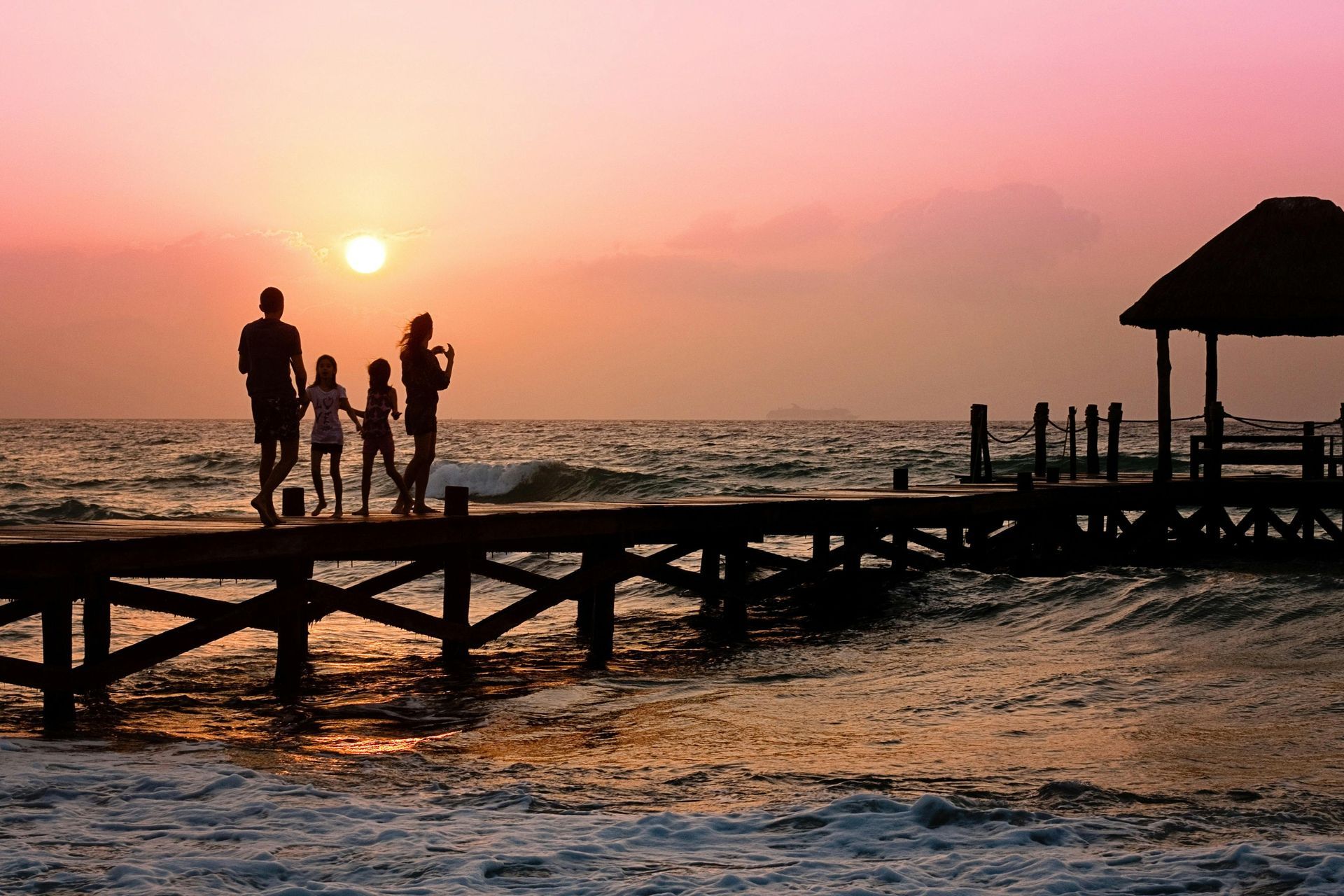
RV travel lets you weave your own narrative through America’s timeline. You can follow the path of westward expansion across the Oregon Trail, camp near Native American sacred sites, explore civil rights landmarks in the Deep South, or even trace Route 66, absorbing the rise and fall of roadside Americana with every mile. There’s freedom in waking up in a new place, opening the blinds, and finding a view that postcards rarely capture. We’ve seen fog roll across Tennessee valleys at dawn, sunlight shimmering over Maine’s rocky coast in the afternoon, and stars so thick over the New Mexico desert they looked like spilled sugar. But it wasn’t just the dramatic beauty that stayed with us. It was the ordinary daily life—the mom-and-pop diners with chipped counters and strong coffee, the roadside produce stands run by local teens with the sweetest oranges we’ve ever tasted, and the quiet towns, suspended in time, that whispered stories of lives I’d never know sparking endless curiosity about those who called them home. These moments reminded us that beauty doesn’t always loudly announce itself. Often it is found in unexpected corners.
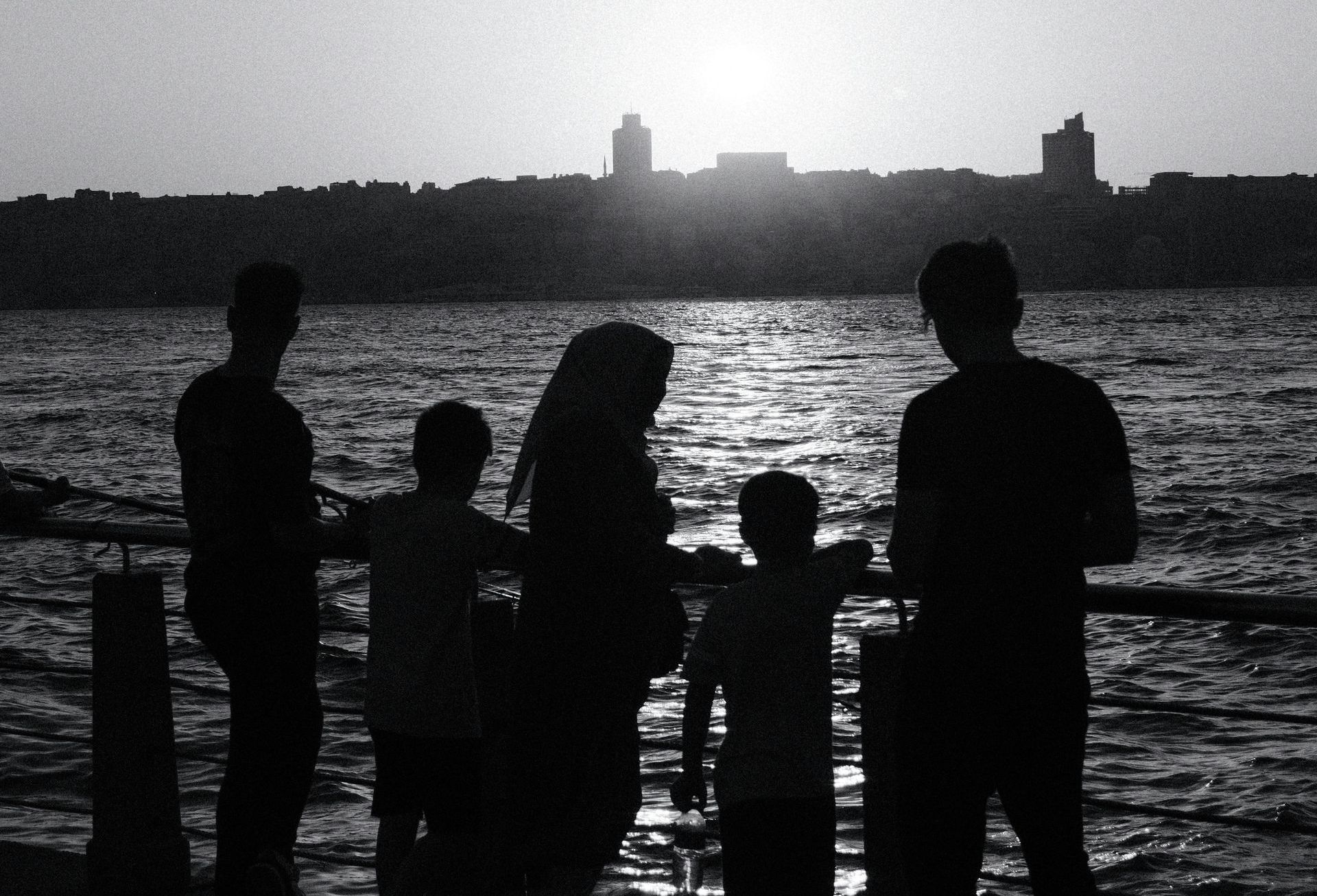
RV life taught me to slow down. Rest stops became adventures, grocery runs in unfamiliar towns became scavenger hunts, and simple moments like coffee by the fire and waking up to birdsong felt like treasures. RV travel offers the kind of solitude and serenity that most people rarely experience. Without screens constantly pulling everyone into different corners, RV life offers something rare—presence.
RV travel with children turns routine into discovery. One day they’re collecting fossils in South Dakota; the next, they’re learning about geysers in Yellowstone. It’s not just geography—it’s hands-on education wrapped in wonder. And the best part is that they don’t even realize they’re learning. They just think it’s fun. History comes alive as they explore battlefields and listen to guides describe troop movements and battle outcomes. Strolling through historic towns like Williamsburg and Jamestown where reenactors churn butter, bake bread, plant gardens, spin wool and work a blacksmith fire, teaches history like no book ever could. RV travel turns history into story-time with a setting. My kids might not remember what year Lincoln gave the Gettysburg Address—but they’ll remember standing in that field wondering what life was like there and how people lived through it. But not every lesson comes with a plaque. Sometimes it’s the old diner owner who tells you about the town’s boom during the railroad era. Or a dusty mural in a forgotten main street that reveals the local lore. These small pieces add depth to the national tapestry, and proof that history isn't just in museums, it's in backroads and conversations too. Beyond the learning aspects, RV travel also nurtures confidence. There’s something magical about watching your child figure out how to build a campfire, spot constellations, identify wildlife or native plants, and navigate a hiking trail. It teaches patience through breakdowns and detours, resilience when things don’t go as planned, and adaptability when the Wi-Fi is down (again).
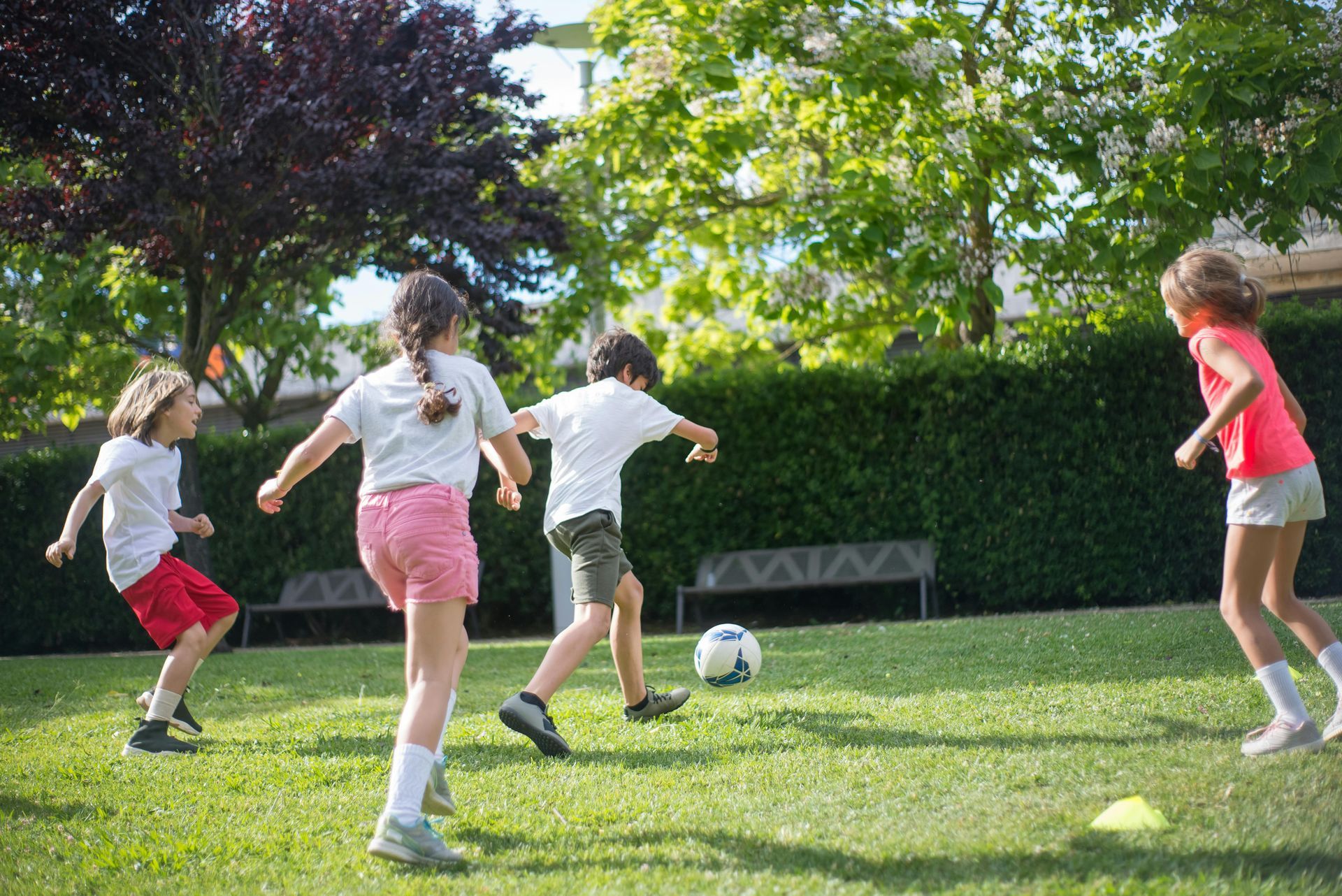
Campgrounds invite communal living, and kids make fast friends with fellow young travelers. We’ve watched our kids trade stories with families from all walks of life, expanding their empathy as much as their social circle. Before hitting the road, I thought connection came from proximity. But RV life shattered that assumption. In dusty campgrounds and Walmart parking lots, I met people who felt instantly familiar, all fellow travelers eager to swap stories, help out with a broken awning, or share a plate of food. There’s a gentle magic in this kind of transient community. People show up fully because they know they may only have one evening to leave a mark. These interactions were fleeting, but deeply human. They reminded me that relationships don’t need permanence to matter. In a time when I longed for connectivity, RV travel gave me exactly what I was looking for. There’s an unspoken bond among RV travelers. Strangers waved from their rigs, shared trail tips, and helped fix a flat tire. In campgrounds and boondocking spots, I found connection that felt pure. People swapping stories around a fire, offering kindness just because. These friendships have stood the test of time and are treasured to this day. No matter how much time passes between meetings, it feels like no time at all, and we pick right back up again as if we just left off a conversation the previous day.
RV travel is never perfect, and things went sideways more than once. Flat tires in Virginia, checking into a hotel to ride out a hurricane in Florida, and slideouts that refuse to slide out. Yet each mishap peeled away my obsession with control. I started meeting problems with curiosity instead of panic. What’s the workaround? Who can I ask? Do I really need to solve this, or can I simply adapt? RV travel didn’t just teach me to troubleshoot, it taught me to let go. To laugh more. To shrug it off when the detour was longer than the original route. That flexibility started to bleed into every part of my life. Sure, things went wrong: unexpected storms, spotty Wi-Fi, GPS fails that led to dirt roads and silent forests. But with each hiccup, I grew more flexible and more willing to embrace imperfection.
Today, my favorite souvenirs aren’t objects, they’re snapshots of memory. Sitting around the evening campfire with friends who were strangers that morning. Impromptu movie nights and potlucks with other families in the park. The look of shock on my children’s faces when they saw how small Plymouth Rock was. Watching my girls try to communicate with a little boy from Quebec who only spoke French, and they only spoke English. Turns out stuffed animals are a universal language. When I close my eyes, I can still see them laughing together. These weren’t just adventures, they were moments that shifted something inside me. None of it was planned, and all of it changed me.

RV travel doesn’t give you luxury, but it gives you something far richer: freedom. It asks you to choose how you live each day, where you wake up, who you talk to, and how deeply you’re willing to feel. It reminded me that the journey itself can be the destination—if you’re willing to slow down, tune in, and embrace the unpredictable beauty of a life uncharted.
Other blogs you might like...
